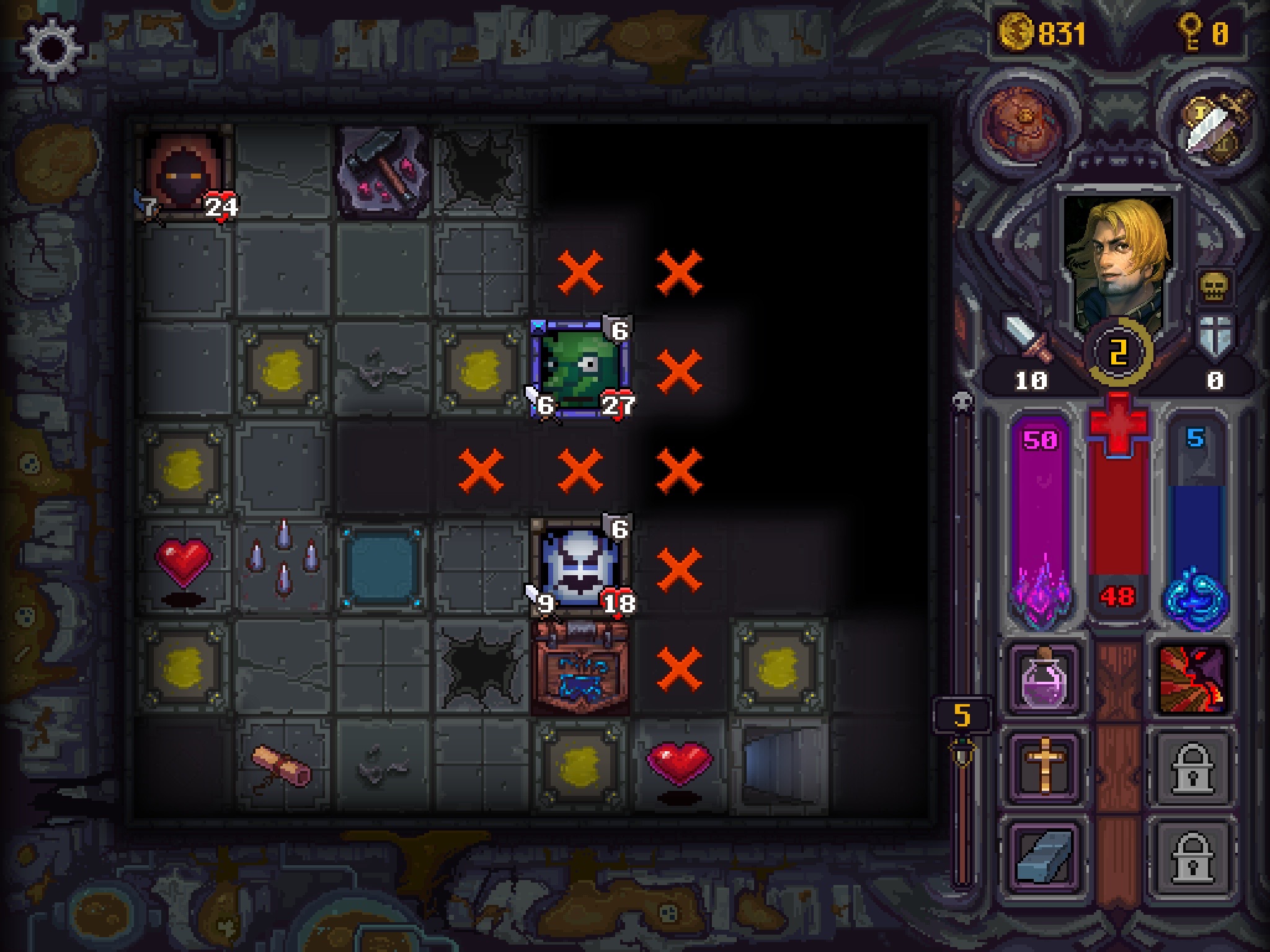

The more stuff you discovered, the more new things you could build. The more you expanded your labyrinth, the more stuff you discovered. You did this by using an expanding army of imps to dig out new rooms, which you could then use to house traps, treasure and monster-spawning hatcheries. It was one of the first "tower defence" games, for example, flipping gaming convention upside down by casting the player as an evil tyrant, crafting the most perfectly evil lair in which to trap and kill do-gooder enemies who enter your hallways looking to save the world. Revisit the original Dungeon Keeper today and be amazed at just how many of its ideas have been reborn in mobile games. It is, at least, easy to see why EA revived this beloved cult classic in this fashion.
#DUNGEON KEEPER 3 PRICE PC#
That's because any critique of this remake of Bullfrog's 1997 PC hit can't help but slide down the slippery slope towards being a critique of free-to-play gaming in general, and that's when people start banging the table and raising their voices and it all goes a bit Jeremy Kyle. ↑ 4.0 4.1 4.2 4.3 4.4 Dungeon Keeper 2 : Prima's Official Strategy Guide.Dungeon Keeper is a hard game to review.↑ 2.0 2.1 2.2 Prima's Official Guide To Dungeon Keeper Gold Edition.
#DUNGEON KEEPER 3 PRICE PLUS#
Ī Prison's capacity is the number of inner tiles it has plus one. The chance of a gaolbreak is 50 per cent every second.
#DUNGEON KEEPER 3 PRICE FULL#
However, no matter the creature you kill in your Prison, you will not spawn new Skeletons if your Skeleton count is maxed, regardless of how you came to have them.Ī gaolbreak can occur if you overcrowd a Prison (the only way to do this is to drop creatures into a Prison Imps leave stunned creatures outside full Prisons). And since Prison tiles have a moderate cost, it may be more worthwhile to use Skeletons as cannon fodder in an army in some cases, not training them at all, and replenishing them with the freshly killed creatures as they die off. The amount of Skeletons you can have in your undead legion depends on the size of your Prison. However, if money is a problem, then the Skeleton is free, has no upkeep, and is as strong as a Goblin! While a Temple may seem preferable for scavenging protection because it protects other creatures in addition to itself, creatures can and will leave it (and therefore expose itself once more) when they need food or rest they cannot leave a Prison.Ī gaolbreak can occur if you overcrowd a Prison, or if the prisoners' owner gets to it. Prisons are good places to quarantine diseased creatures or shield creatures from scavenging if one does not have a Temple. The Keeper must first enable the Imprison mode otherwise, enemies will be killed instead of stunned. If a creature has the Heal ability, it is unlikely to lose enough health by starving to die. Only humanoid creatures can rise as Skeletons. If your Torture Chamber is full and there are still heroes in the Prison you want to have converted later, make sure to heal them by using the Heal spell or (force-)feeding them.

You may also want to have separate Prisons for those you are planning to convert, so they don't take the gold and leave when converted. This won't be a problem if you are not planning to leave any prisoners alive. Beware, though, creatures in the Prison may pick up the newly dropped gold before you do. This allows you to make some cash on the side by warmongering and taking prisoners. Creatures often have money on them, and any money that a creature has will be dropped on the Prison floor when it dies. The Torture Chamber can be used to convert enemy heroes or creatures, or coerce map information from them.

If the player wishes to leave them to rot, eventually they will rise as Skeletons.

They can be left there to rot, or put in the Torture Chamber. After knocking enemy heroes or creatures unconscious, it is possible to store them to the Prison.


 0 kommentar(er)
0 kommentar(er)
